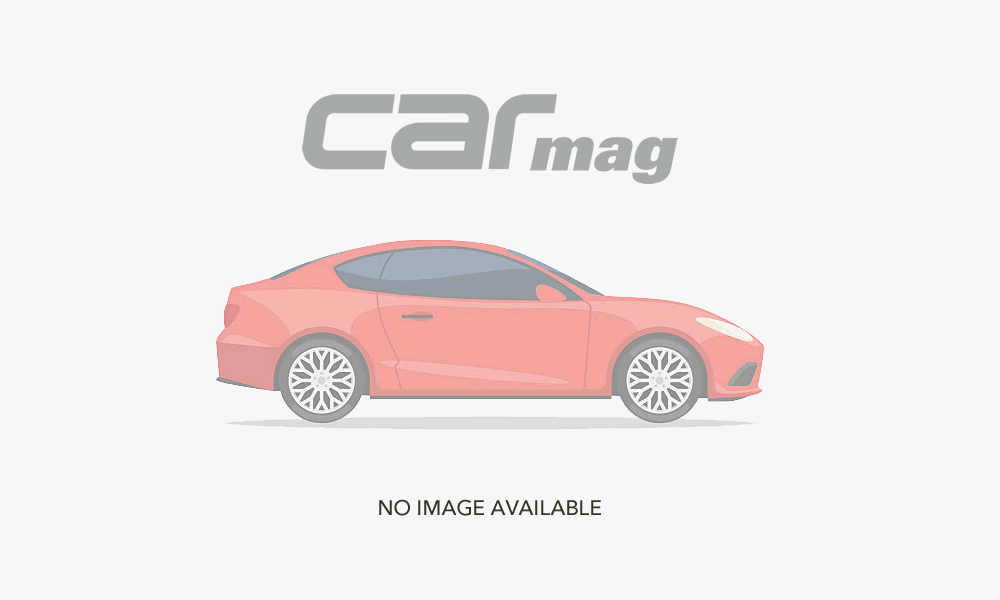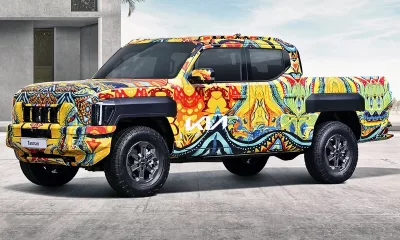The third-generation Nissan Pathfinder, like many of its ilk, is menacing and purposeful.
The third-generation Nissan Pathfinder, like many of its ilk, is menacing and purposeful.
The launch of the new-generation Nissan Pathfinder will be remembered for being a day of hurried trips between airports dotted with several aviation near misses by all the journalists in attendance. And while a chaotic day in the sticks was not anyone’s idea of fun, time spent in the new SUV made it somewhat more bearable…
Nissan’s new-generation medium SUV was put through its paces on the roads and ditches between Tzaneen and Polokwane where journalists were also allowed an opportunity to test the vehicle’s 4X4 capabilities on a challenging trek through George’s Valley.
The vehicle is available in three models – the "top-of-the-range" petrol 4,0-litre V6 – with five speed automatic transmission – and a turbodiesel 2,5-litre dCi with a choice of five-speed automatic or six-speed manual transmissions. Luckily, all models are equipped with the same level of specification and with no badging indicating the engine derivative, we had the fun task of tuning in to the engine notes to differentiate between the petrol and diesel derivatives!
The naturally-aspirated all-aluminium 4,0-litre petrol engine produces maximum power of 198 kW at 5 600 r/min and its peak torque of 385 N.m at 4 000 r/min. The turbodiesel is equipped with an intercooler and second-generation common rail technology and produces 128 kW at 4 000 r/min and 403 N.m at 2 000 r/min. The two models reach maximum speeds of 190 and 175 km/h, respectively.
Meandering among the banana and mielie plantations, the petrol engine impressed with its smooth power delivery, while in comparison, the turbodiesel was loud and underpowered.
Pathfinder uses the manufacturer’s new global SUV platform that, with its 2,85 m wheelbase, lends the vehicle its exterior dimensions of 4,74 m long and 1,85 m across.
The Pathfinder has four driving modes (2WD, Auto, 4 High and 4 Low) that can be operated from the base of the centre console. With options allowing for driving conditions ranging from on-road cruising to serious off-roading, the Pathfinder’s 234 mm ground clearance, 450 mm wading depth and acute approach and departure angles of 33 and 26 degrees, the SUV takes most of the bite out of the tough outdoors.
The SUV comes equipped with Nissan’s ESP+ and Traction Control System (TCS), which constantly monitors the vehicle’s performance. In extreme cases, when the traction control system detects a loss in traction, it will brake the spinning wheel by acting as a limited slip diff.
ABS is complemented by brake assist, EBD and the nifty new ABLS (Active Brake Limited Slip) system, which is claimed to control all four wheels and reduce wheel slip on tricky slopes.
Nissan’s VDC (Vehicle Dynamic Control) has proven very popular with the 350Z sportscar and contributes towards the heavy SUV’s impeccable on-road performance, which was also demonstrated as we tore through the twisties along our route.
The independent double wishbone with coil over shocks at the front and an independent multilink with coil strings at the rear ensure a rather firm suspension setup, without being uncomfortable.
Aesthetically, the SUV takes on the well-known family face and is striking with its muscular and purposeful stance. I must admit, when I first saw the Pathfinder from the rear three-quarters, I was temporarily fooled into thinking it was a Land Rover Discovery 3 – the resemblance is remarkable.
The two rows of rear seats can be fashionably folded into the floor for a flat load space, while with the front seat folded flat, the SUV is able to accommodate articles up to 2,8 metres long. Seats can be extracted from the floor space with two clicks, but while we were not given the chance to take in the view from the rearmost row, I was lucky enough to catch a ride in the second row. Overall, the leather seats were found to rather shallow and unsupportive, though this can possibly be attributed to them still being so new.
Storage space within the cabin is ample and the rear hatch has a handy catch that allows the rear window to be lifted as well, for the depositing of smaller goods into the rear load space.
The leather interior is luxurious, and fitted with a range of standard items including seat belts with pretensioners, driver and passenger airbags, and side and curtain airbags. Driver and passenger seats are electrically operated and front and rear passengers have duel zone air conditioning. Steering wheel-mounted controls are included for easy access to trip information, audio controls and cruise control settings. All models come with sunroofs and an entertaining digital compass displayed in the rearview mirror.
The Pathfinder is covered by Nissan’s three-year/100 000 km warranty.














